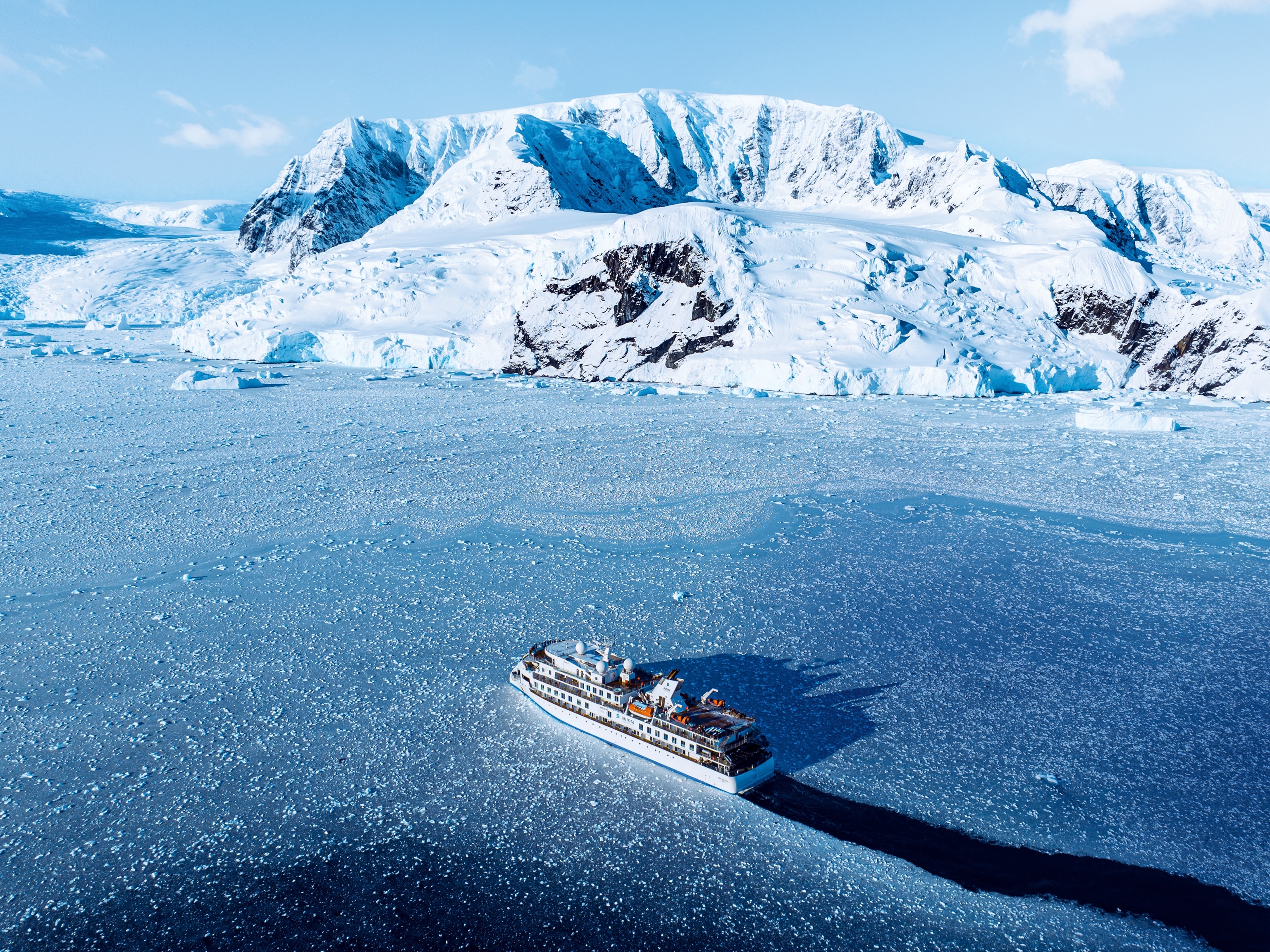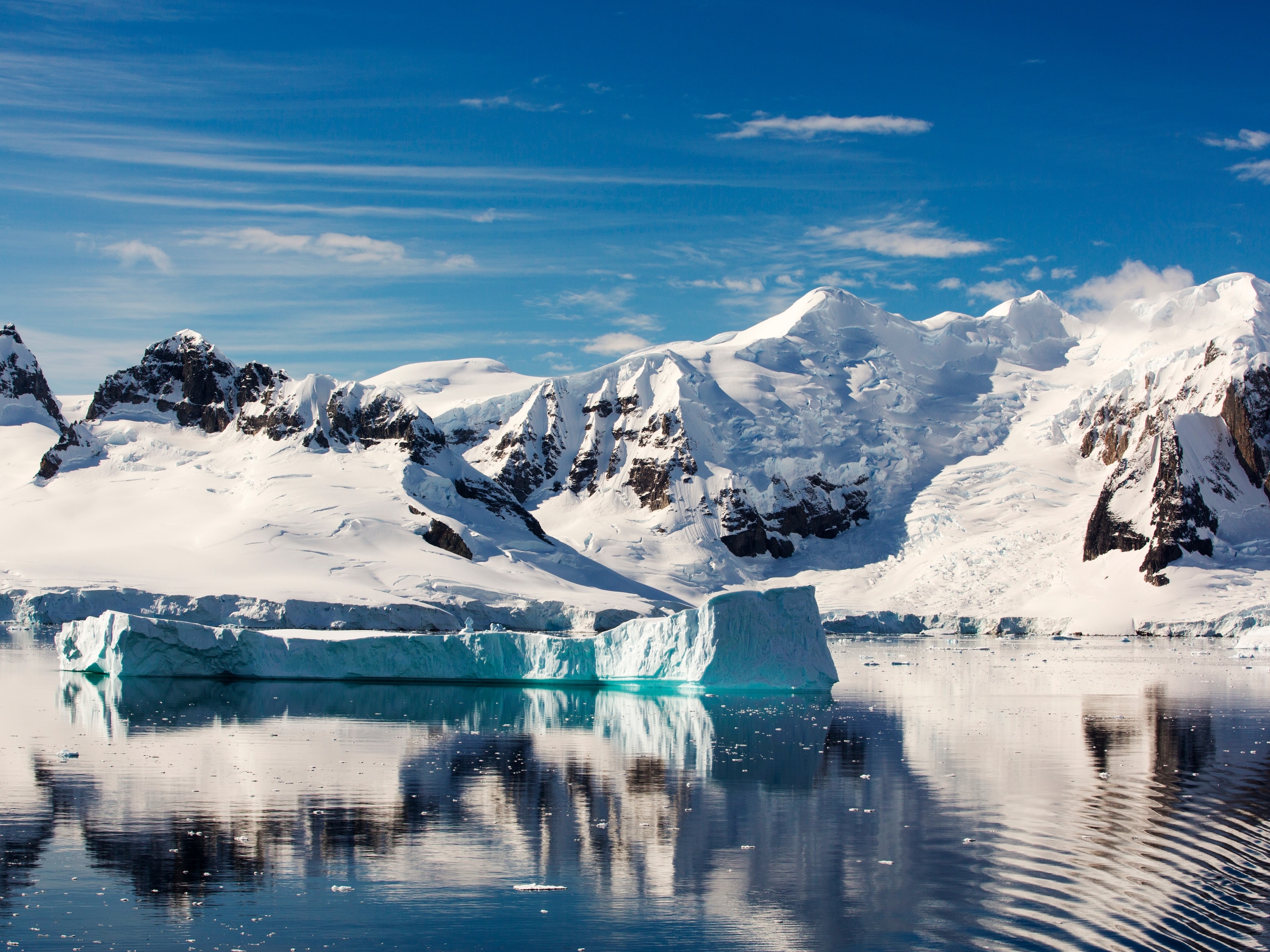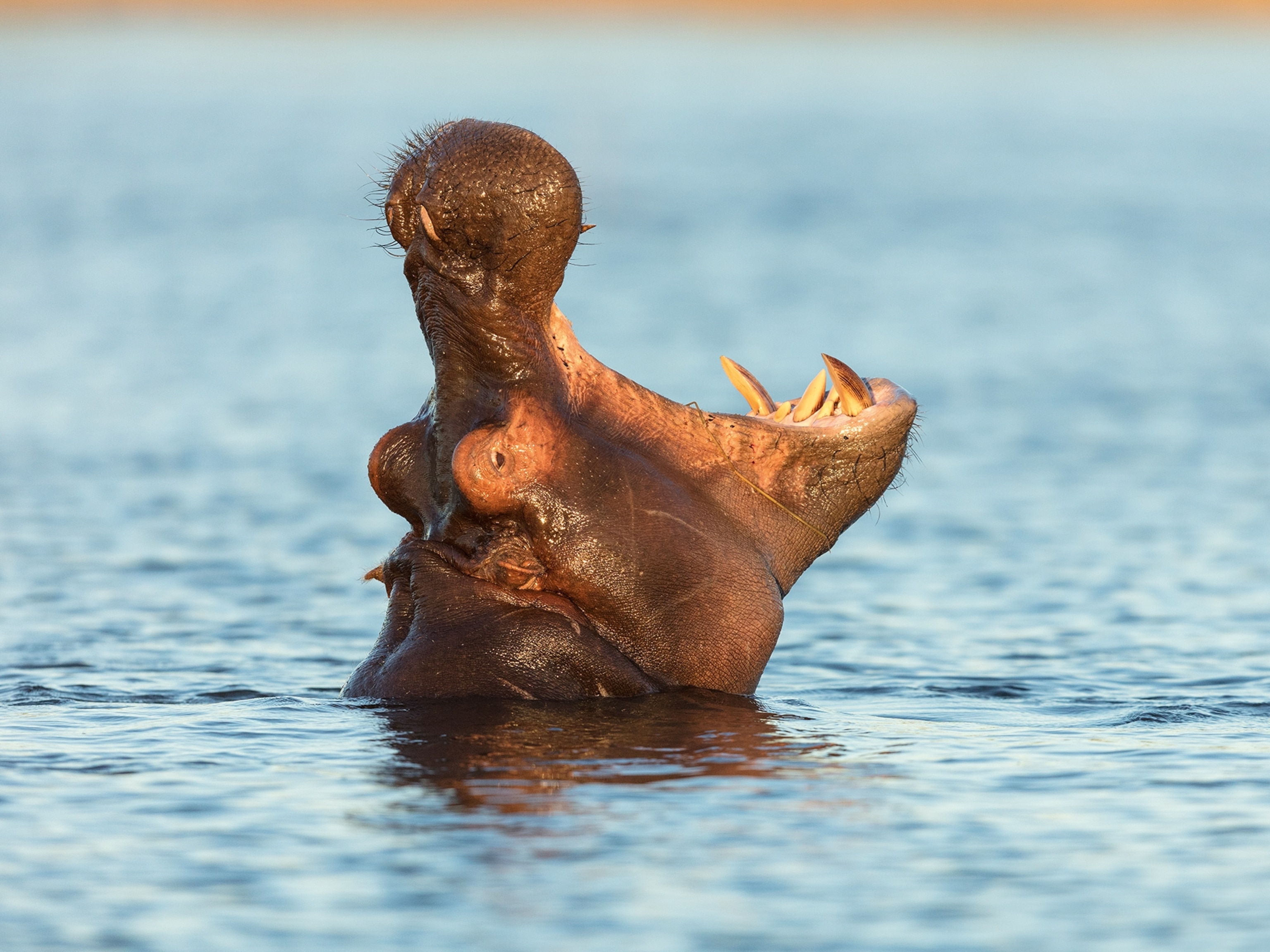
Photograph by Matt Dutile
Photo story: a water-borne adventure into fragile Antarctica
An increasingly fragile place of barren shores lapped by bone-chilling waters, Antarctica is home to every form of ice — in snow, glaciers and bergs — and a surprising amount of wildlife.
Story and photographs byMatt Dutile
April 30, 2024
This article was produced by National Geographic Traveller (UK).

Photograph by Matt Dutile

Photograph by Matt Dutile

Photograph by Matt Dutile
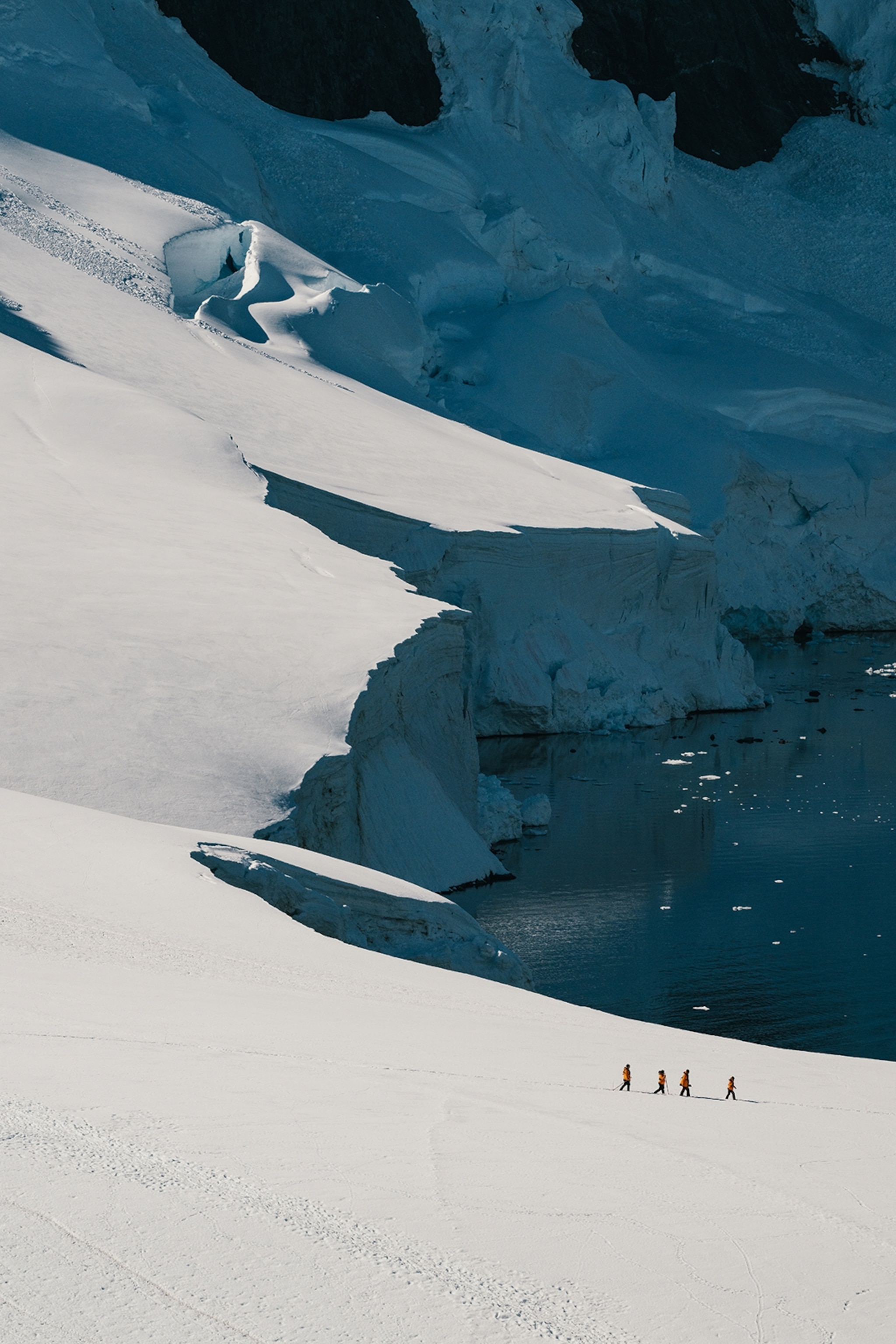
Photograph by Matt Dutile
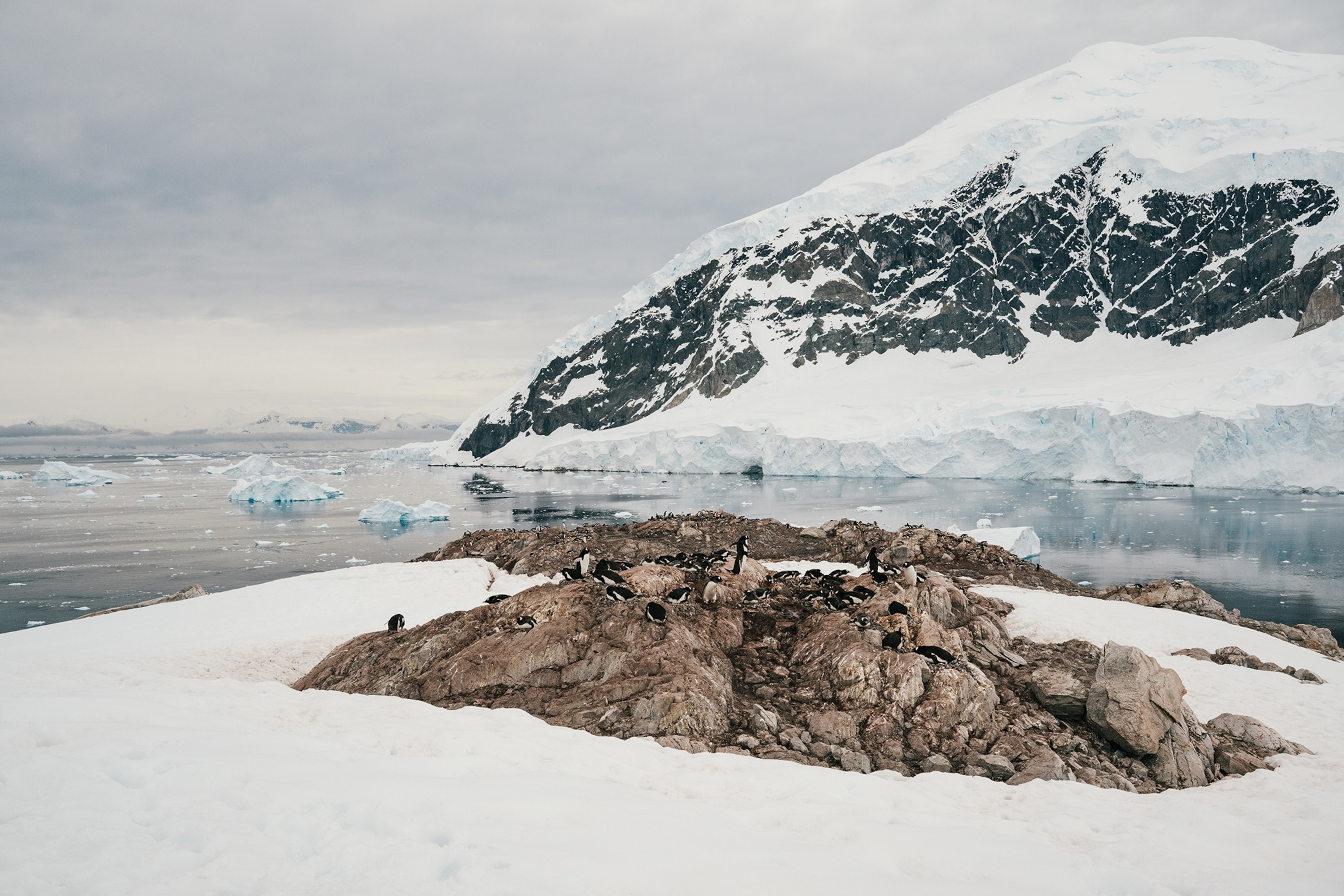
Photograph by Matt Dutile
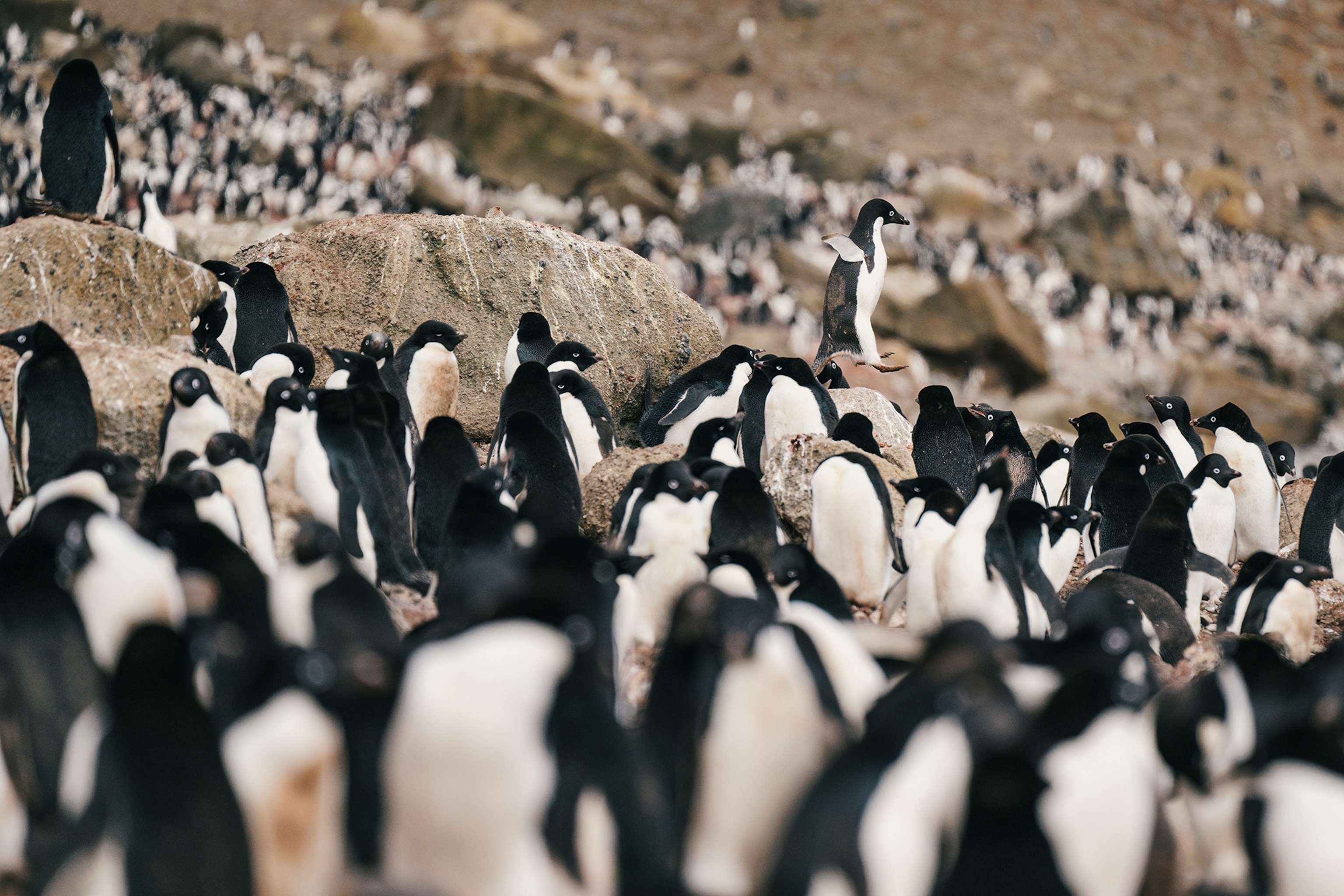
Photograph by Matt Dutile
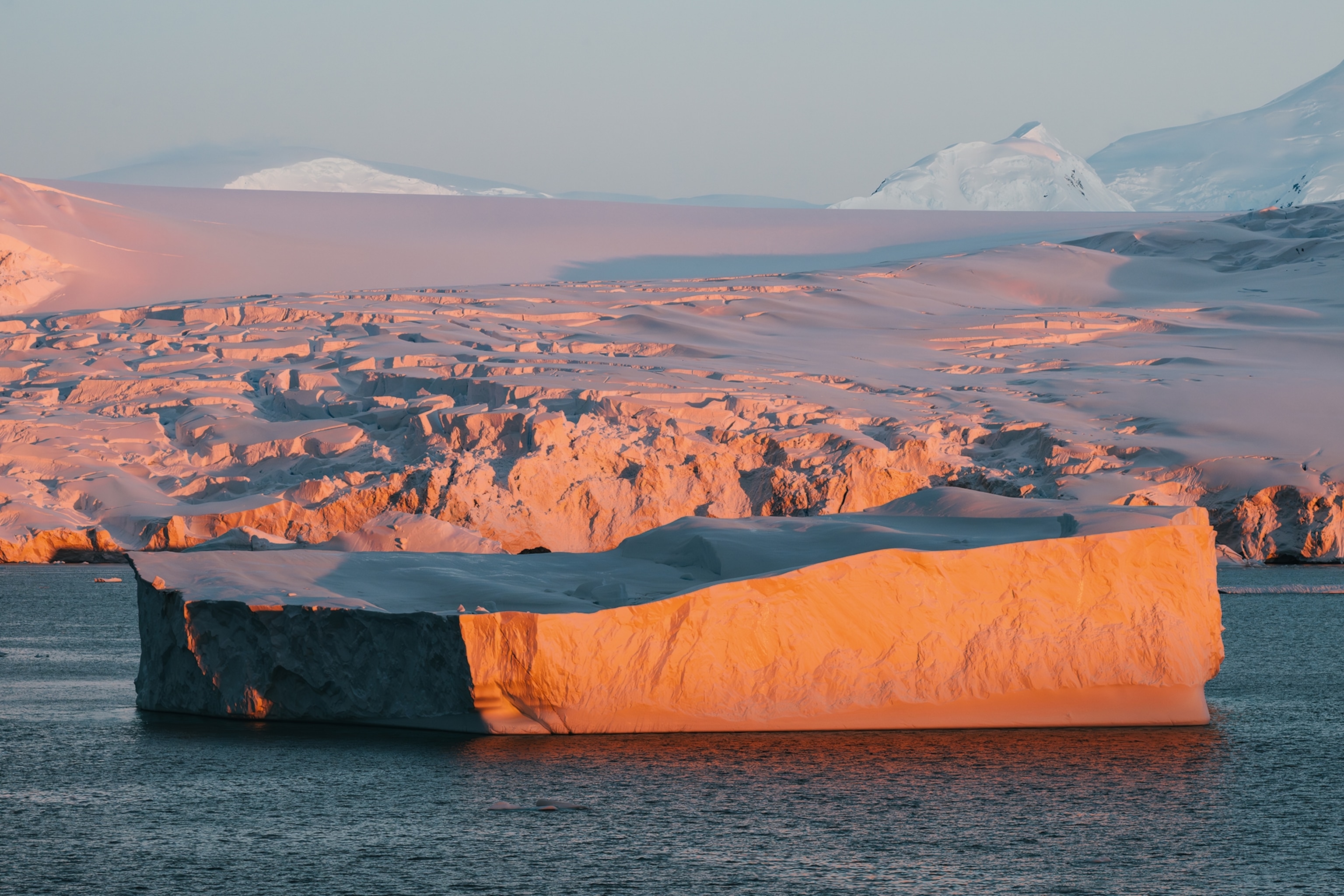
Photograph by Matt Dutile
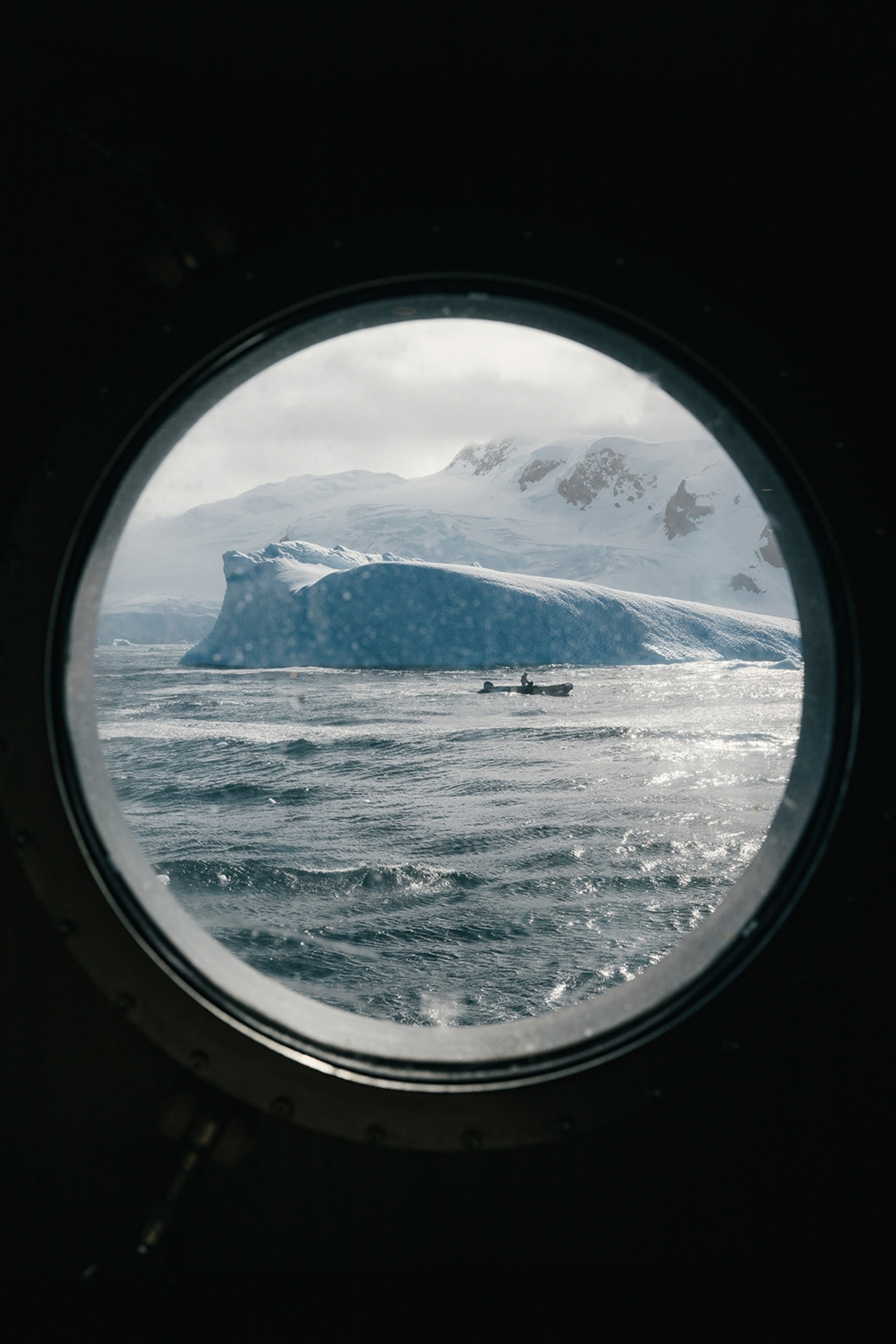
Photograph by Matt Dutile
Published in the May 2024 issue of National Geographic Traveller (UK).
To subscribe to National Geographic Traveller (UK) magazine click here. (Available in select countries only).
To subscribe to National Geographic Traveller (UK) magazine click here. (Available in select countries only).

